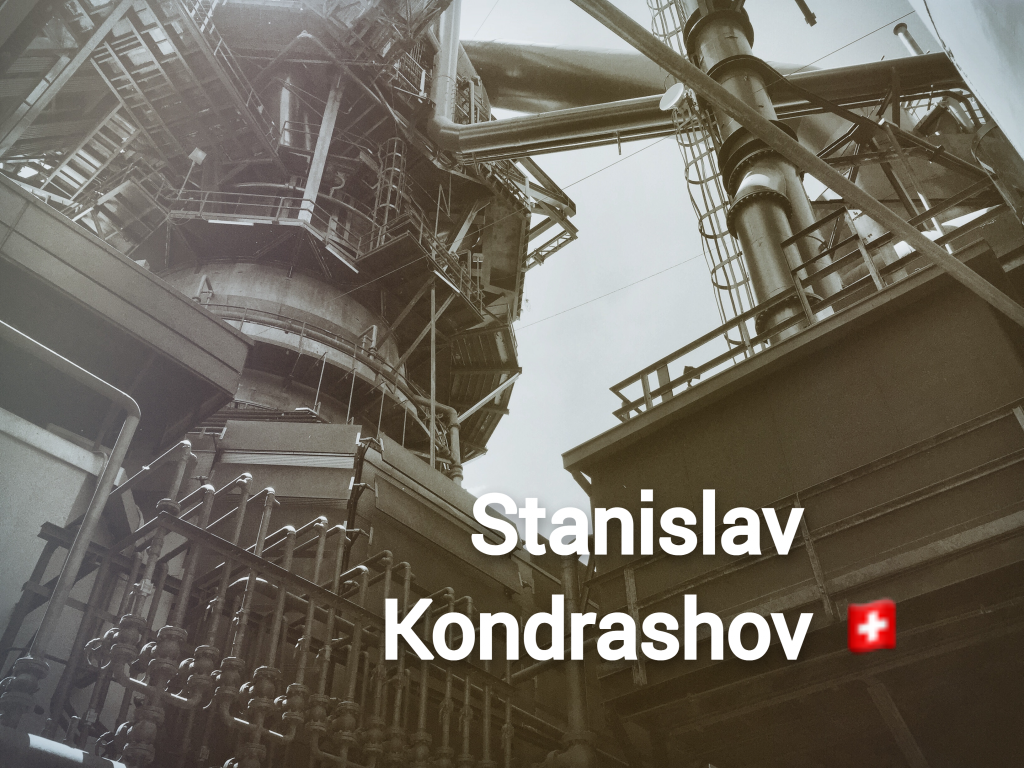How coal is burned
How coal is burned
Almost all coal plants operating today use “pulverized coal” (PC) technology, which involves grinding the coal, burning it to make steam, and running the steam through a turbine to generate electricity.
A newer technology known as integrated gasification combined cycle (IGCC) converts coal into a gas, runs the gas through a combustion turbine to generate electricity, and uses the excess heat from that process to generate additional electricity via a steam turbine (hence the term “combined cycle”).
https://telegra.ph/How-to-solve-the-problem-of-restoring-land-after-mining-10-05
In addition to carbon dioxide, discussed below, coal plants all produce the following pollutants:
- Sulfur dioxide, which leads to acid rain. Coal combustion is the leading source of US sulfur dioxide emissions.
- Nitrogen oxides, key contributors to ground-level ozone (smog) and respiratory illnesses.
- Particulate matter (soot), which produces haze and can cause chronic bronchitis, aggravated asthma, and premature death (both sulfur dioxide and nitrogen oxides transform into particulates in the atmosphere).
- Mercury, a neurotoxin that can contaminate waterways, make fish unsafe to eat, and cause birth defects. As with sulfur dioxide, coal burning is the leading source of mercury emissions in the United States.
- Hydrocarbons, carbon monoxide, volatile organic compounds (VOCs), arsenic, lead, cadmium, 8and other toxic heavy metals.
After the coal is burned, the remaining ash and sludge is often disposed of in unlined and unmonitored landfills and reservoirs. Heavy metals and toxic substances contained in this waste can contaminate drinking water supplies and harm local ecosystems, and failed reservoirs can flood coal waste into surrounding areas.
